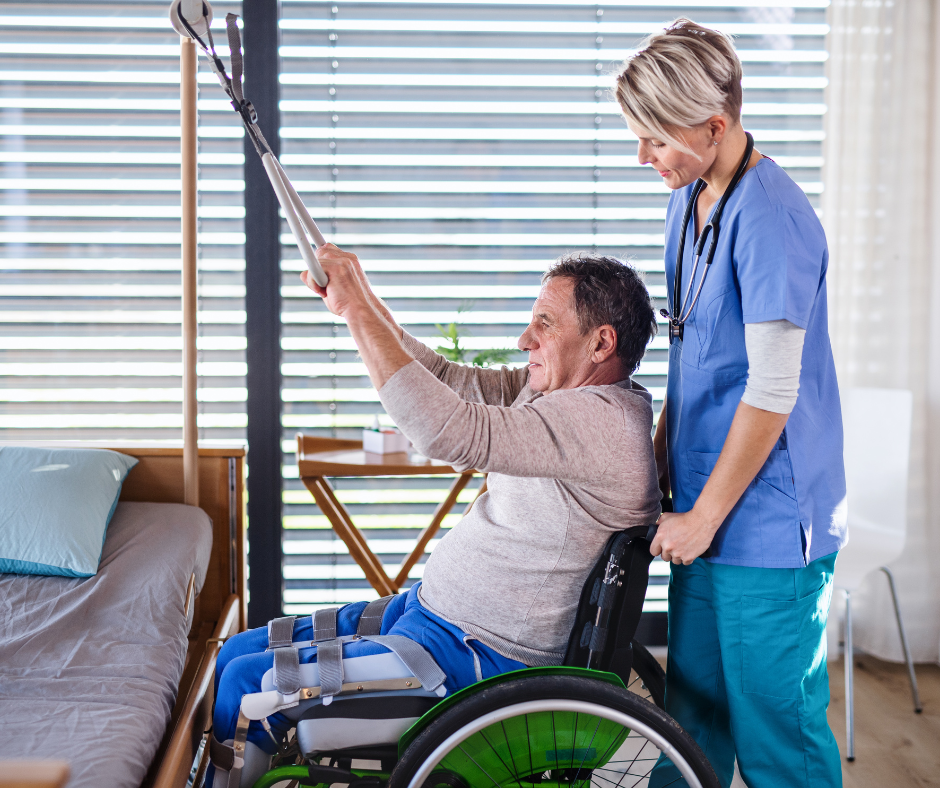Education Sells Itself: Teaching Patients to Trust (and Stay)
Why education must be more than talk
When a person walks through the door for the first time, they bring uncertainty. They ask themselves: “Will this help? Do I matter? Can I trust this?” Research shows that patient education is a key lever for trust. A recent study found that education sessions significantly improve the patient–provider trust relationship. Without trust, adherence falls, drop-off increases, and word-of-mouth dries up.
So the goal isn't just to explain the plan—it’s to build a relationship. That relationship deepens when education is clear, relevant, timely and actionable. When people understand what’s happening, see their progress, and feel involved, they stay.
Use communication to set the stage
1. Start with a clear “why”
Early in the process, explain not just what you’re doing but why. When people understand the rationale behind an exercise, a stretch, a schedule—engagement rises. According to studies, education aligned with a patient’s learning needs improves engagement.
2. Engage decision-making
Ask questions: “What have you tried?” “What worries you most?” Then present the options and invite input. When someone feels they had a say—from the first visit—they’re more committed. Shared decision-making isn’t optional; it’s essential for retention.
3. Use plain language
Avoid jargon. Use analogies. Check for understanding. One study noted that informal patient education in musculoskeletal care often falls short, limiting its impact. Instead, dialogues that match the patient’s literacy and emotional state pay off.
4. Link education to behaviour
Education isn’t “lecturing” but connecting to action. For example: “Here’s how that exercise supports you lifting your grandchild without pain.” Tie it to a meaningful outcome. That makes the education stick.
Make progress visible
1. Show objective markers
Set measurable goals (“You should be able to squat 50% body weight by week 6”). Track progress visibly: charts, photos, simple scorecards. When patients see improvement, trust builds and motivation grows.
2. Communicate early wins
Don’t wait until discharge. Celebrate small milestones: better range, less pain, more confidence. These moments reassure the patient they’re moving in the right direction.
3. Address plateaus openly
If progress stalls, use education to reset expectations, explain why and map the next steps. Transparent communication avoids frustration and drop-off.
Embed educational moments at every step
1. Onboarding education
At the first visit or module, deliver a short, digestible education piece: what this phase looks like, how long it takes, how the patient participates. This clarifies expectations and reduces uncertainty.
2. Home-program education
Every home exercise program (HEP) should include a quick education snippet: how it ties to goals, what signs to watch, why it matters. Non-compliance often comes from “I don’t understand why” more than “I don’t feel like it.”
3. Visit-to-visit micro-education
Between formal sessions, drop micro-lessons: 2-minute discussions, handouts, short videos. These keep patients mentally engaged. A systematic review found digital patient education improves outcomes when interactive and personalised.
4. Exit / maintenance education
At or near discharge, education should shift: “Here’s how you stay strong, avoid relapse, know when to return.” This reinforces long-term loyalty and referrals rather than just checking out.
What goes wrong – and how to fix it
Problem: Education feels generic or is skipped.
Fix: Personalise to the individual’s goals, reading level and stage.Problem: No visible progress tracking, so patients say “I’m done” or lose motivation.
Fix: Use simple dashboards or scorecards each visit.Problem: Patients feel passive rather than active participants.
Fix: Make decisions shared. Ask for input, get commitment.Problem: Home program compliance falls through the cracks.
Fix: Link each HEP item to the patient’s goal + reason why. Introduce accountability (check-in call, app, follow-up).Problem: When discharge is abrupt, patients disengage.
Fix: Introduce a phased exit plan, future check-ins, maintenance education and referral prompts.
Why this approach drives retention and referrals
When patients feel educated, engaged and respected, two things happen:
They stay longer – a completed care plan correlates strongly with higher satisfaction and referral likelihood.
They refer others – patients who understand their care and feel part of the process become advocates.
In other words: Teaching someone to trust you and themselves is the strongest marketing you’ll ever deploy.
Quick implementation checklist
On first visit: deliver a 2-minute education “why” segment + ask for patient input.
Create a visible tracking sheet for each patient: goals, current status, next milestone.
For HEP: include a statement like “This exercise supports you lifting your grandchild safely in 8 weeks.”
At each visit: ask one open-ended question (“What surprised you since last time?”) + review the tracking sheet together.
Before discharge: provide “What next?” education + referral prompt (“If you know someone…”).
Final thoughts
Education is not “extra.” It is care. When the patient understands, participates and sees progress, retention rises, referrals follow, and the whole clinic dynamic shifts from “telling” to “transforming.” Make education visible. Make it personal. Make it continuous.
Want help structuring this in your own workflow?
Schedule a coaching session — we’ll map your communication script, tracking tools, and patient-engagement plan to embed education into every step and drive stronger retention and advocacy.
